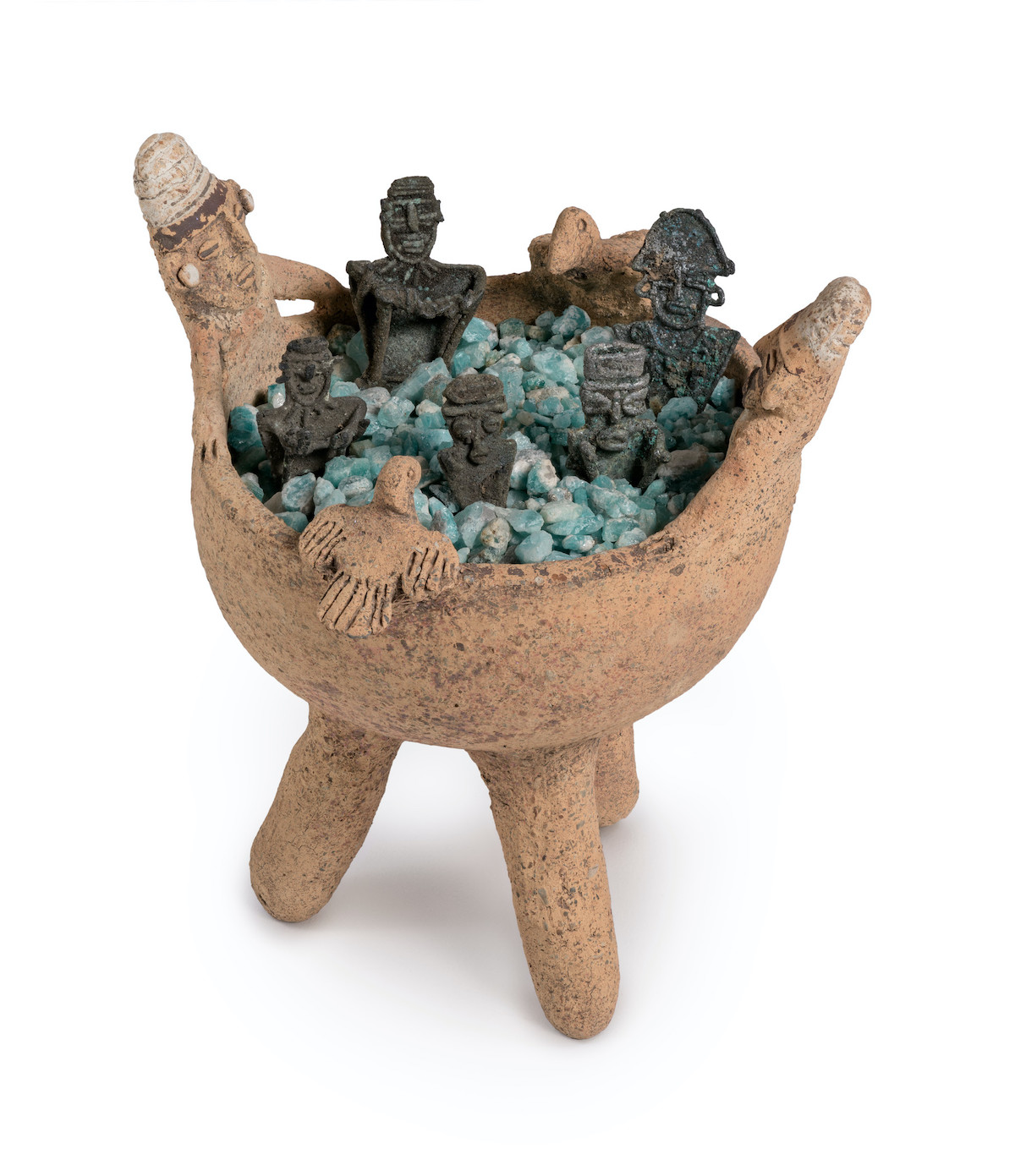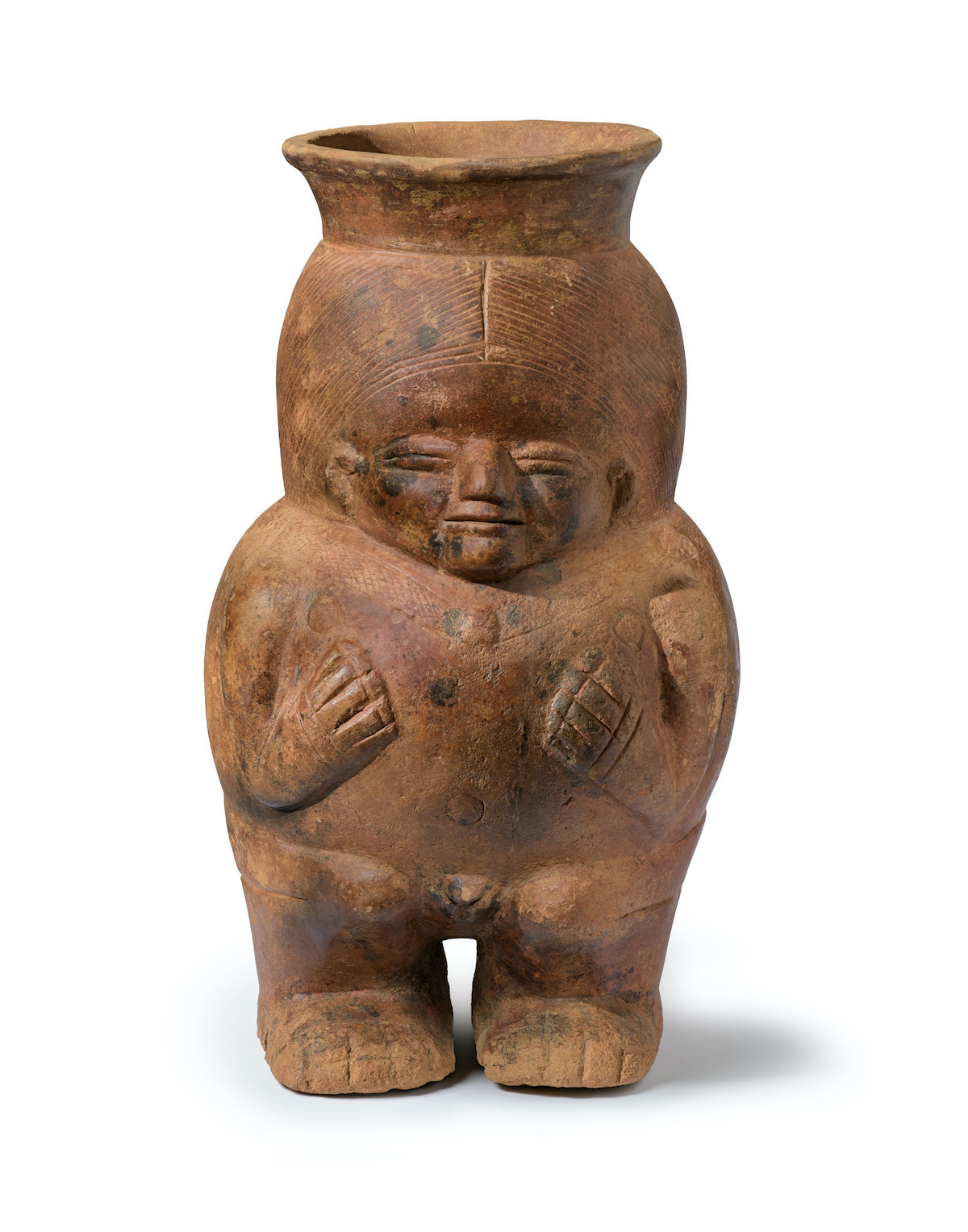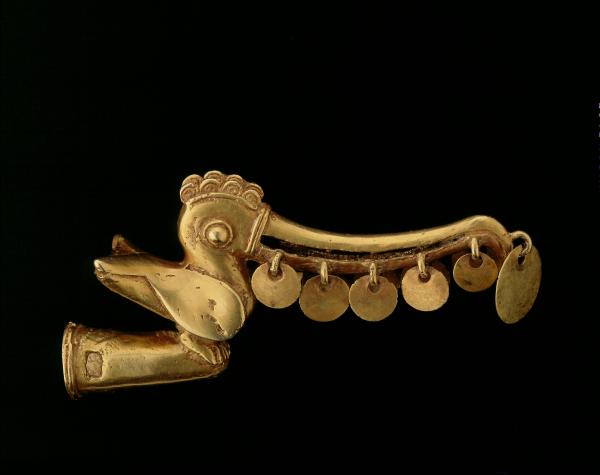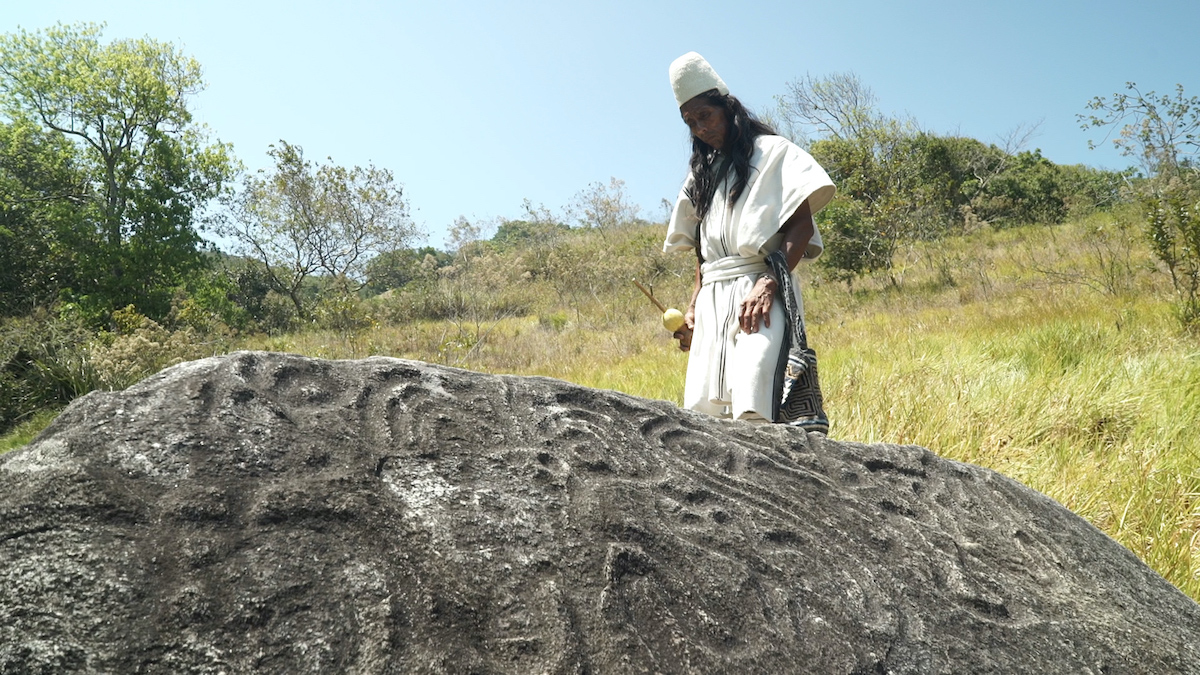As in most of the Americas, when present-day Colombia was conquered by Europeans in the 16th century, millennia of intellectual and cultural achievements by the region’s Indigenous cultures were written over in just a matter of years. Systems of knowledge that made sense of the world and our place in it were cast aside as myth or superstition and overlooked throughout the Western record of history. In an effort to recognize and revive some of this vital knowledge, The Portable Universe / El Universo en Tus Manos: Thought and Splendor of Indigenous Colombia, a new exhibition on view at LACMA from May 29, will give visitors a clearer vision of why the cultural knowledge of Indigenous Colombians and their emphasis on humankind’s role as caretakers of the world continues to hold power and relevance today, especially during our precarious age of climate change and environmental destruction.

In an effort to develop an exhibition compatible with an Indigenous conceptual framework, rather than a Western one, The Portable Universe draws heavily on the involvement of contemporary Indigenous collaborators. “Indigenous people and knowledge have things to teach us today, about how we view ourselves in relation to others and to ‘nature’ and how we consider and categorize the world around us,” says Julia Burtenshaw, Assistant Curator, Art of the Art of the Ancient Americas at LACMA, who co-curated the exhibition with Diana Magaloni, Deputy Director and Dr. Virginia Fields Curator of the Art of the Ancient Americas. Along with co-curating partners at the Museo del Oro, Banco de la República, Bogotá, and the Museum Fine Arts, Houston, the exhibition was conceived and developed with the long-term help of members of the Arahuaco community of the Sierra Nevada de Santa Marta in Colombia.
The Portable Universe features about 400 objects, from figurative ceramics and ceremonial tools to textiles and metalworks, including an unprecedented number of loans from the Museo del Oro and many pieces from LACMA’s collection displayed for the first time. This is a showcase not only of the diversity of these items, but also of the Indigenous histories of the cultures they were made by, and the ways of being from which they arose, down to the understanding of what exactly these pieces and their active role in the world are: “The works are considered to have a spirit,” says Magaloni. “They are ‘messengers,’ as the Arahuaco have said,” actively aiding and preserving human thought and knowledge from generation to generation.

The exhibition, which has seven thematic sections—beginning with “Conceiving the World” and ending with “Caring for the World”—was designed to envelop these pieces in proper context and meaning, recasting the way visitors may typically encounter artworks. It begins, for example, with a display of a relatively plain wooden stool, or banquito, the kind Indigenous leaders and elders use, and continue to use, for conversation and meditation; similar stools are placed throughout the exhibition to encourage visitors to sit and connect with the knowledge opened to us by these leaders. The galleries also include large-scale visual projections of natural landscapes, birds, and scenes of shamans engaged in ritual acts, as well as a musical score played on ancient Colombian ocarinas and other audio elements.
Much like the exhibition itself, the accompanying catalogue, edited by Julia Burtenshaw, Héctor García Botero, Diana Magaloni, and María Alicia Uribe Villegas, is designed and arranged to surround the works it presents with context and life, guiding readers through ancient Colombia’s remarkable environments, objects, artworks, and ways of understanding the world, with contributions by Indigenous Colombians, ethnographers, archeologists, and art historians.
Viewers will also be able to take a behind-the-scenes look at The Portable Universe in a new documentary series, Unpacking the Universe: The Making of an Exhibition, which tracks the development of the exhibition over six years: the series begins by following Magaloni and Burtenshaw to Colombia, where they visit important archeological sites and collaborate with historians and other scholars of Indigenous art, and continues as they translate what they learned about Indigenous concepts of the world and about collecting and caring for Indigenous artworks into a respectful, meaningful exhibition back at the museum. The series will be presented on LACMA’s YouTube channel at the end of May 2022, but you can watch a preview here.
The Portable Universe / El Universo en Tus Manos: Thought and Splendor of Indigenous Colombia will be on view at LACMA from May 29–October 2, 2022, and will continue to the Museum of Fine Arts, Houston and the Montreal Museum of Fine Arts later in 2022 and 2023.




